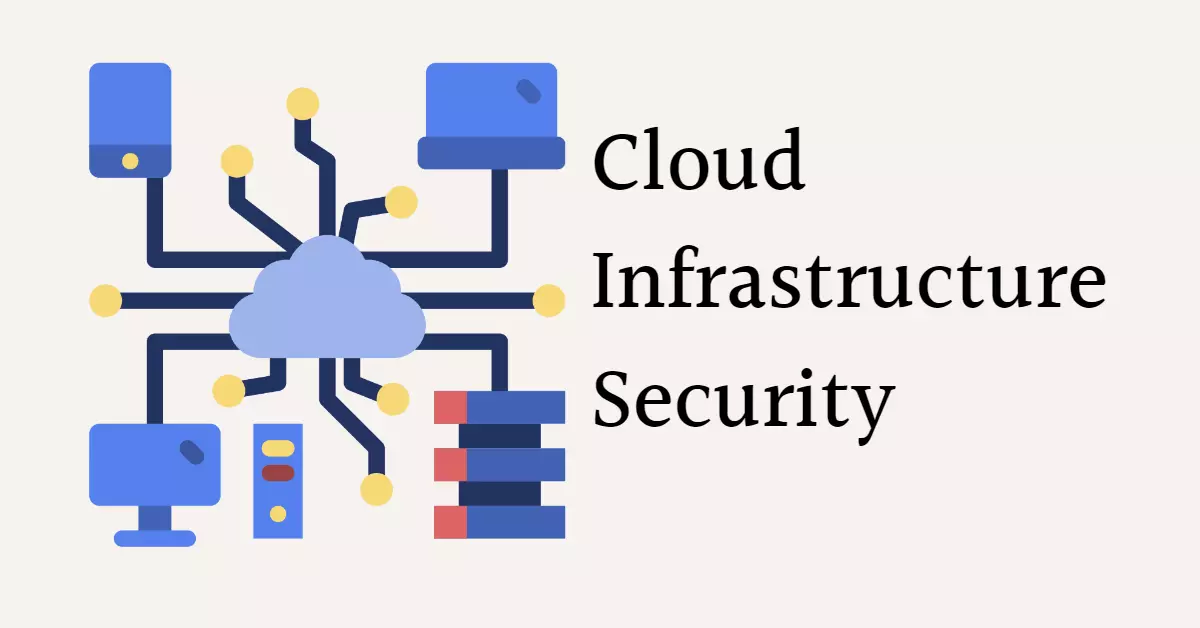
Best Practices For Securing Your Cloud Infrastructure
Best Practices For Securing Your Cloud Infrastructure
As more and more organizations move their operations to the cloud, cloud security has become a critical concern. While cloud computing offers many benefits, such as cost savings, scalability, and accessibility, it also poses unique security challenges. In this blog post, we’ll explore some best practices for securing your cloud infrastructure.
1. Choose A Reputable Cloud Provider
Choosing a reputable cloud provider is the first step to ensuring the security of your cloud infrastructure. Look for providers that offer strong security measures, such as encryption, access controls, and regular security updates. Check their security certifications and compliance with industry standards, such as SOC 2, PCI DSS, and HIPAA.
2. Implement Access Controls
Implementing access controls is crucial to securing your cloud infrastructure. Use strong passwords and two-factor authentication to ensure that only authorized users can access your cloud resources. Implement role-based access controls to limit access to sensitive data and functions.
3. Encrypt Your Data
Encrypting your data is essential to protecting it from unauthorized access. Use strong encryption algorithms to encrypt your data at rest and in transit. Use encryption key management to ensure that your encryption keys are secure and managed properly.
4. Monitor Your Cloud Environment
Monitoring your cloud environment is critical to detecting and responding to security incidents. Implement cloud monitoring tools to track usage patterns, detect anomalies, and identify potential security threats. Use intrusion detection and prevention systems to protect against network-based attacks.
5. Back Up Your Data
Backing up your data is essential to ensuring that your data is not lost in the event of a security incident or disaster. Implement a robust backup and recovery strategy to ensure that your data is backed up regularly and can be restored quickly in case of a data loss event.
6. Implement Security Testing
Implementing security testing is essential to identifying vulnerabilities in your cloud infrastructure. Perform regular security assessments and penetration testing to identify weaknesses in your security controls. Implement vulnerability management to prioritize and remediate identified vulnerabilities.
Conclusion
Securing your cloud infrastructure is critical to protecting your organization’s data and operations. Choose a reputable cloud provider, implement access controls, encrypt your data, monitor your cloud environment, back up your data, and implement security testing to ensure the security of your cloud infrastructure. By following these best practices, you can help to mitigate the risks of cloud computing and keep your organization’s data safe.





